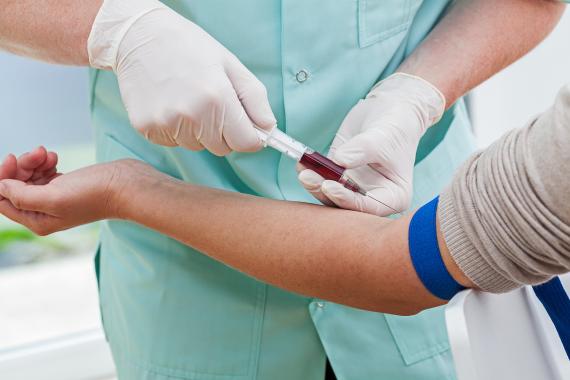Anemia has become a common disease worldwide, and more and more people are suffering from it these days. However, many are not sure if they have it and do not know how they should treat it. This article lists the symptoms you should look for when determining if you have anemia and what you should do to handle this condition.
What Is Anemia?
Anemia is a disease characterized by a lower than average hemoglobin level. Hemoglobin is a component of red blood cells that carries oxygen from the lungs to the body tissues and removes carbon dioxide.
People with anemia usually have fewer red blood cells. However, in other cases, the volume of red blood cells is average, yet there is anemia because there is not enough hemoglobin.
Anemic individuals may also have altered other blood components such as white blood cells, which help to fight infection, or platelets, which are what helps to seal cuts.
What Tests Will Show That You Have Anemia?
To find out if you have anemia, doctors will take your medical and family history and perform a blood test to look for changes in your red blood cell and hemoglobin levels. Keep in mind that what may be expected for you may not be customary for others, as what is considered correct depends on age, gender, and type of diet.

Your doctor can also detect that you have anemia by testing for another disease. In addition to the blood test, the doctor will perform other tests to find the cause of the anemia and detect its severity. This can range from listening to your heart to asking for a rectal exam to locate possible sources of blood loss.
Can Your Eyes Determine if You Have Anemia?
Since it is the hemoglobin in the red blood cells that gives blood its red color, a quick and simple test to determine if you have anemia (but not a substitute for a visit to the doctor) is to examine the inside of your eyelids.
- Stand in front of a mirror or ask someone to look at you.
- Place your index finger under the eye and pull it down to reveal the inside of the eyelid.
- If it is very dull in color, you may have anemia.
- Make an appointment with your doctor as soon as possible to have the necessary tests done.
What Are the Causes?
Since hemoglobin is rich in iron, one of the most common causes of anemia is precisely the lack of iron in the blood. But anemia can also result from a dysfunction in the production and conservation of red blood cells or blood cells. Treatment will therefore be different for each type of anemia and each level of hemoglobin alteration.
What Are the Symptoms?
Not having enough hemoglobin to distribute oxygen throughout the body, people with anemia feel weak and tired.

Other symptoms of anemia include dizziness, shortness of breath, headaches, or pallor, resulting from the decrease in hemoglobin in the blood. Other symptoms include:
– Muscle pain or fatigue when performing any movement.
– Insomnia and loss of concentration.
– Altered menstruation in women.
– Kidney and digestive disorders.
If you think you have symptoms of anemia, consult your doctor as soon as possible. Some types of anemia are quickly resolved by a change in diet or a dietary supplement. It is dangerous to suffer from anemia and not treat it because, in the long term, it can cause severe damage to vital organs of the body such as the heart and brain and, therefore, be fatal.
Foods to Fight Anemia
All iron-rich foods are good for fighting anemia. So go ahead and introduce the following ingredients into your daily menus:
- Raw spinach or lamb’s lettuce in a salad
- Lentils
- Soy
- Beans and chard
- Liver and red meat
- Bluefish such as salmon or trout
- Molluscs and crustaceans
- Walnuts (preferably unsalted)
- Figs and raisins
- Cereals
You now know everything you should know about this health condition. Have you been suffering from anemia? Share your experience in the comments below.


